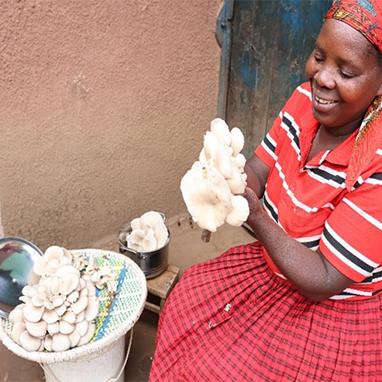
The Mushroom Enterprise – A Game-Changer for Rural Livelihoods and Crane Conservation
East African communities adopt mushroom farming to protect wetlands, boost incomes, and support crane conservation in a unique, sustainable initiative.

East African communities adopt mushroom farming to protect wetlands, boost incomes, and support crane conservation in a unique, sustainable initiative.
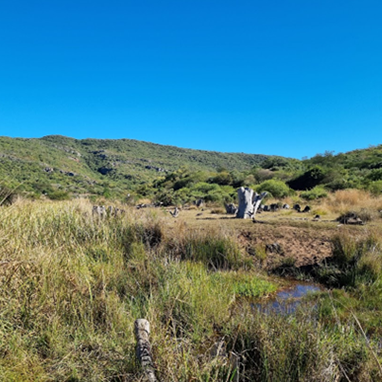
In South Africa’s Soutpansberg, invasive plant removal has revitalized wetlands, restoring biodiversity and conserving water for communities and ecosystems.
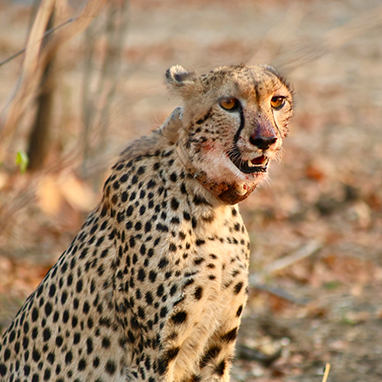
Relocated cheetahs from the Kalahari and Manyoni are thriving in Malawi’s Liwonde National Park, showcasing remarkable adaptability in their new habitat.
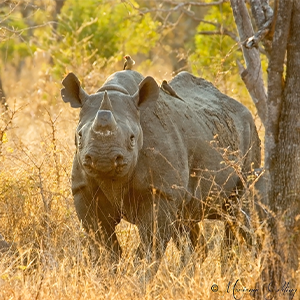
The EWT’s Canine Conservation Unit plays a crucial role in rhino protection, using detection dogs to track poachers and prevent wildlife crime across South Africa’s reserves.
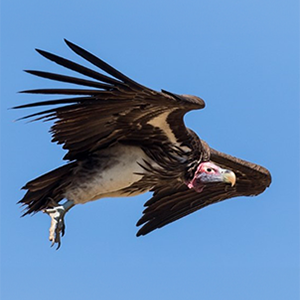
The Eye in the Sky project combines GPS-tracked vultures and innovative response systems, enhancing early detection and treatment of wildlife poisoning events in Africa.
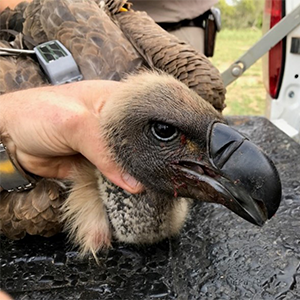
The Eye in the Sky project utilizes GPS-tracked vultures to detect poisoning events, enhancing wildlife protection and response efforts across southern Africa.